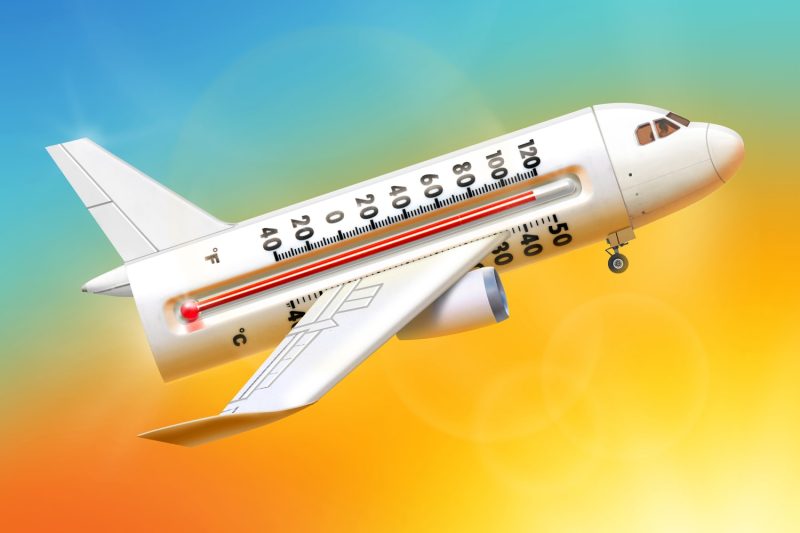The recent surge in extreme heatwaves around the world has been impacting various industries, especially the aviation sector. Airlines and airports are facing challenges due to the rising temperatures, causing concerns among travelers and industry experts. Despite these obstacles, airlines and airports are finding ways to adapt and mitigate the effects of extreme heat on their operations.
One significant issue faced by airlines during extreme heat is the impact on aircraft performance. High temperatures can reduce aircraft lift, affecting take-off and landing capabilities. This decrease in performance can lead to weight restrictions on flights, causing delays or cancellations. Airlines are closely monitoring weather forecasts and adjusting flight schedules to minimize disruptions caused by extreme heat.
Another challenge for airlines is the increased demand for air conditioning in aircraft and airports during heatwaves. Cooling systems are essential for maintaining a comfortable cabin environment for passengers and ensuring the safe operation of aircraft systems. Airlines are investing in advanced cooling technology and implementing energy-efficient practices to manage the additional load on air conditioning systems.
Moreover, extreme heat poses a threat to airport infrastructure and equipment. Pavement surfaces can soften and become prone to damage, affecting runway operations. Airports are conducting regular inspections and maintenance to prevent heat-related damage to runways, taxiways, and other critical infrastructure. Additionally, airport ground staff are trained to handle extreme heat conditions and ensure the safety of passengers and aircraft.
Despite these challenges, airlines and airports are taking proactive measures to address the impact of extreme heat on their operations. Collaboration between airlines, airports, and meteorological agencies is crucial for effective heat management strategies. Implementing heat-related contingency plans and communication protocols enables stakeholders to respond quickly to changing weather conditions and minimize disruptions.
In conclusion, while extreme heat presents challenges for airlines and airports, proactive planning and collaboration are key to managing these challenges effectively. By adopting innovative solutions and implementing robust heat management strategies, the aviation sector can continue to provide safe and reliable services to passengers, even in the face of rising temperatures caused by climate change.
